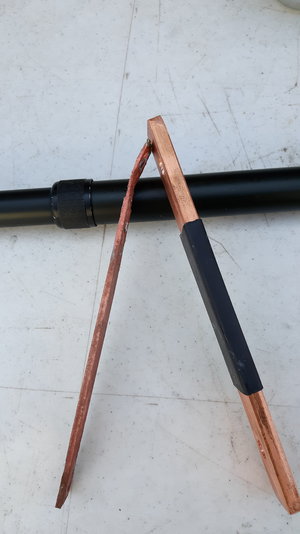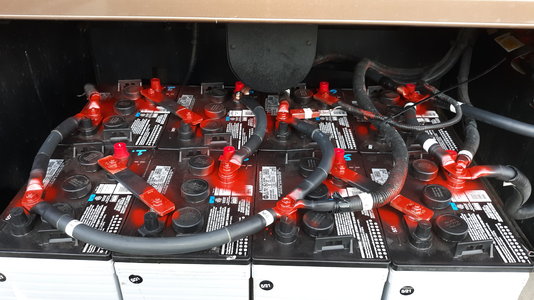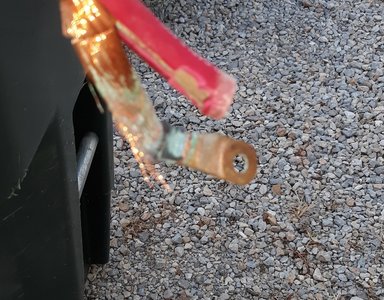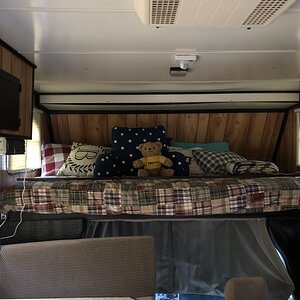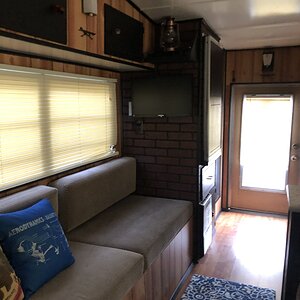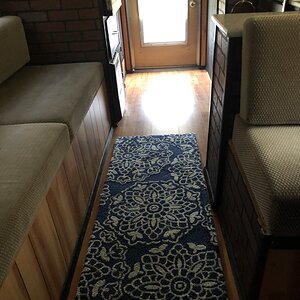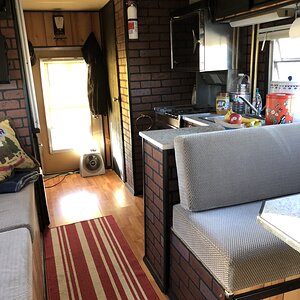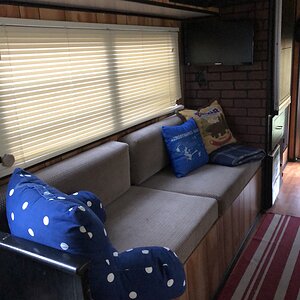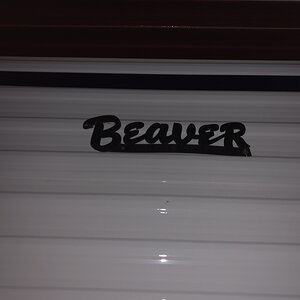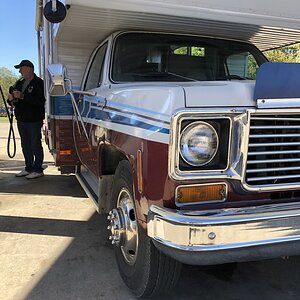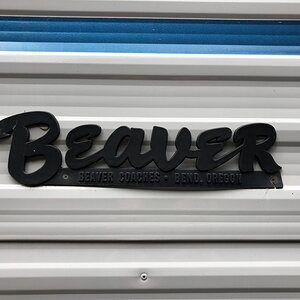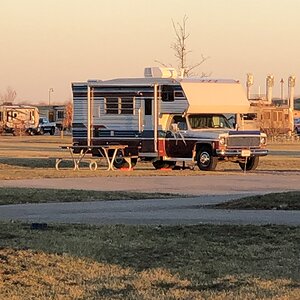Webz
RVF Supporter
- Joined
- Feb 18, 2020
- Messages
- 343
- RV Year
- 2016
- RV Make
- Newmar
- RV Model
- Dutch Star
- RV Length
- 43
- Chassis
- Freightliner
- TOW/TOAD
- 2018 Ram
- Fulltimer
- Yes
Replaced the batteries, copper bars and cables. I did install AGMs. Got so tired of the corrosion the flooded lead acid batteries caused. Used 1/4 inch thick copper bars instead of the 1/8 or 3/16. You can see in the pic how much corrosion ate away the old bar. Also used 4/0 cables instead of 2/0 and 3/0. The old cables had 3 to 6 inches of corrosion under the insulation.
I would strongly recommend using welding cables instead of battery cables.
Welding cables are made up with thinner strands making them more flexible. It's not too noticeable unless it is on the long wires going from the batteries to the coach.
First time in a long time the batteries showed having over 14 volts.
This was a two day job due to cleaning the battery tray.
Going to call Magnum today to change inverter/charger from lead acid to AGM.
I would strongly recommend using welding cables instead of battery cables.
Welding cables are made up with thinner strands making them more flexible. It's not too noticeable unless it is on the long wires going from the batteries to the coach.
First time in a long time the batteries showed having over 14 volts.
This was a two day job due to cleaning the battery tray.
Going to call Magnum today to change inverter/charger from lead acid to AGM.
